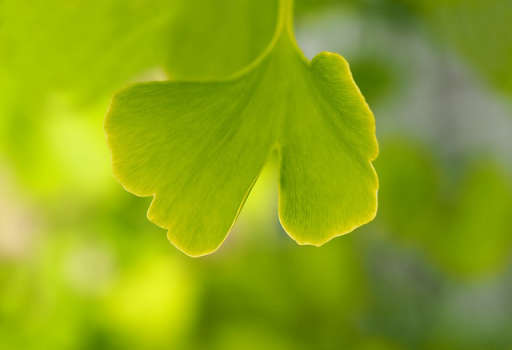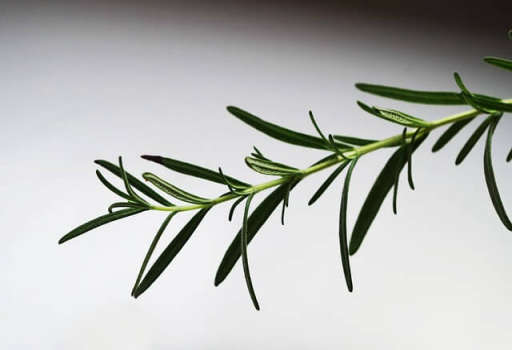Home Remedies and Herbs for Raynaud Syndrome
What is Raynaud Syndrome?
Raynaud syndrome is also known as Raynaud's disease or Raynaud's phenomenon. It’s a rare condition that affects the blood vessels in the fingers and toes. When a person with Raynaud syndrome is cold or stressed the blood vessels in the hands and feet start to narrow. This prevents blood from circulating to the surface of the fingers or toes.1 Because the blood can’t circulate, the fingers or toes turn white or blue and eventually red as blood flow returns. Raynaud syndrome in feet and hands can be painful as the toes or fingers either turn numb or tingly and begin to throb.
The condition is characterized by attacks, whereby Raynaud syndrome symptoms can come on suddenly, last for some time, and then disappear.1 Raynaud syndrome more commonly affects people living in colder climates. It is more common in women than in men and in people over the age of 30. It also affects people with a family history of Raynaud syndrome.1 2 Raynaud syndrome isn’t usually a serious condition but rather an inconvenience that can affect quality of life.2
What Causes Raynaud Syndrome?
It’s not entirely known what are the Raynaud syndrome causes. What researchers do know is that Raynaud syndrome causes the blood vessels on the hands and feet to over-respond when faced with cold temperatures or heightened stress levels.3 The blood vessels respond by going into a state of spasm, which is what causes a tingling sensation. As a person with Raynaud syndrome experiences more and more attacks over time, it causes the blood vessels to thicken, which further prevents blood circulation.3 This condition is categorized in two types each with their own possible Raynaud syndrome causes:3
- Primary Raynaud Syndrome - Also called Raynaud’s disease, this type is the result of an external factor rather than an underlying condition.
- Secondary Raynaud Syndrome - Also called Raynaud’s phenomenon, this type is caused by an underlying medical condition and is less common than the primary type.
Raynaud Syndrome Symptoms
Raynaud syndrome symptoms affect differently people in frequency and duration of attacks. The primary Raynaud syndrome symptoms in the feet and hands include:
- Fingers and toes that turn white or blue in response to cold or stress
- Fingers or toes that turn red after blood flood returns
- Aching, throbbing, numb or tingling toes and fingers
References
Home remedies, herbs, and food supplements for Raynaud Syndrome
Ginkgo Biloba is the most effective natural product for Raynaud Syndrome CuresDecoded worldwide community recommends

Ginkgo Biloba Product 1 of 17
Effectiveness Score
Method of use: Oral

Cinnamon Product 2 of 17
Effectiveness Score
Method of use: Infusion, Oral

L-Arginine Product 3 of 17
Effectiveness Score
Method of use: Oral

Fish Oil Product 4 of 17
Effectiveness Score
Method of use: Oral

Rosemary Product 5 of 17
Effectiveness Score
Method of use: Oral

Hawthorn Product 6 of 17
Effectiveness Score
Method of use: Oral

Beetroot Juice Product 7 of 17
Effectiveness Score
Method of use: Oral

Cayenne Pepper Product 8 of 17
Effectiveness Score
Method of use: Oral

Alpha Lipoic Acid Product 9 of 17
Effectiveness Score
Method of use: Oral
